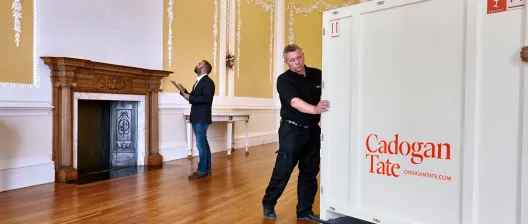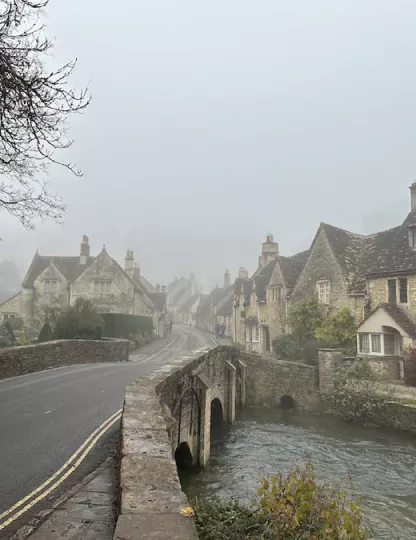The 'blue renaissance' in art
A PhD student studying psychology at the Karolinska Institutet in Sweden has found that the world of art is getting bluer. Not emotionally we hasten to add – although that statement is something of a presumption – but aesthetically. As he notes in a blog, “blue is the new orange”.
Inspired by some articles he found online that discussed the use of colour in trailers and movie posters, Martin Bellander decided to embark on a similar project to ascertain whether there is a prevalence of blue and orange in art.
With a particular interest in working with big samples of data – his website is described as being a “blog about data, data, data” – his mind turned to art, which has, for example, in comparison with film history, a longer timespan.
The easiest way to access information was through photographs of paintings and, thanks to the internet, he wasn’t short of images. His timespan was between the eighteenth and twentieth century.
Websites he accessed included the BBC, Google Art Project, Wikiart, Wikimedia Commons. He also downloaded images from numerous museums and galleries. As an example of how great such sites are, the BBC’s Your Paintings has over 200,000 paintings in its online archive.
After some rather technical work – when collecting the work, Mr Bellander “saved a file listing the images on that page, the URL to the thumbnails, the year it was painted and [detailed] some additional info – he concluded that during the twentieth century, the use of blue in paintings became increasingly popularity.
Now, according to his study, there are three strong reasons why this is the case. Firstly, it could be a genuine, somewhat subconscious move towards blue – a sort of movement in itself – secondly, ageing resins have transformed colours from their original hue; and thirdly, blue, previously an expensive colour, has become cheaper.
Or, more pragmatically, it could be as a result of all three. Nevertheless, if his data and analysis is correct, it is certainly the case that blue is markedly more evident today than it has ever been.
Cadogan Tate specialises in delivering tailored fine art storage solutions.



